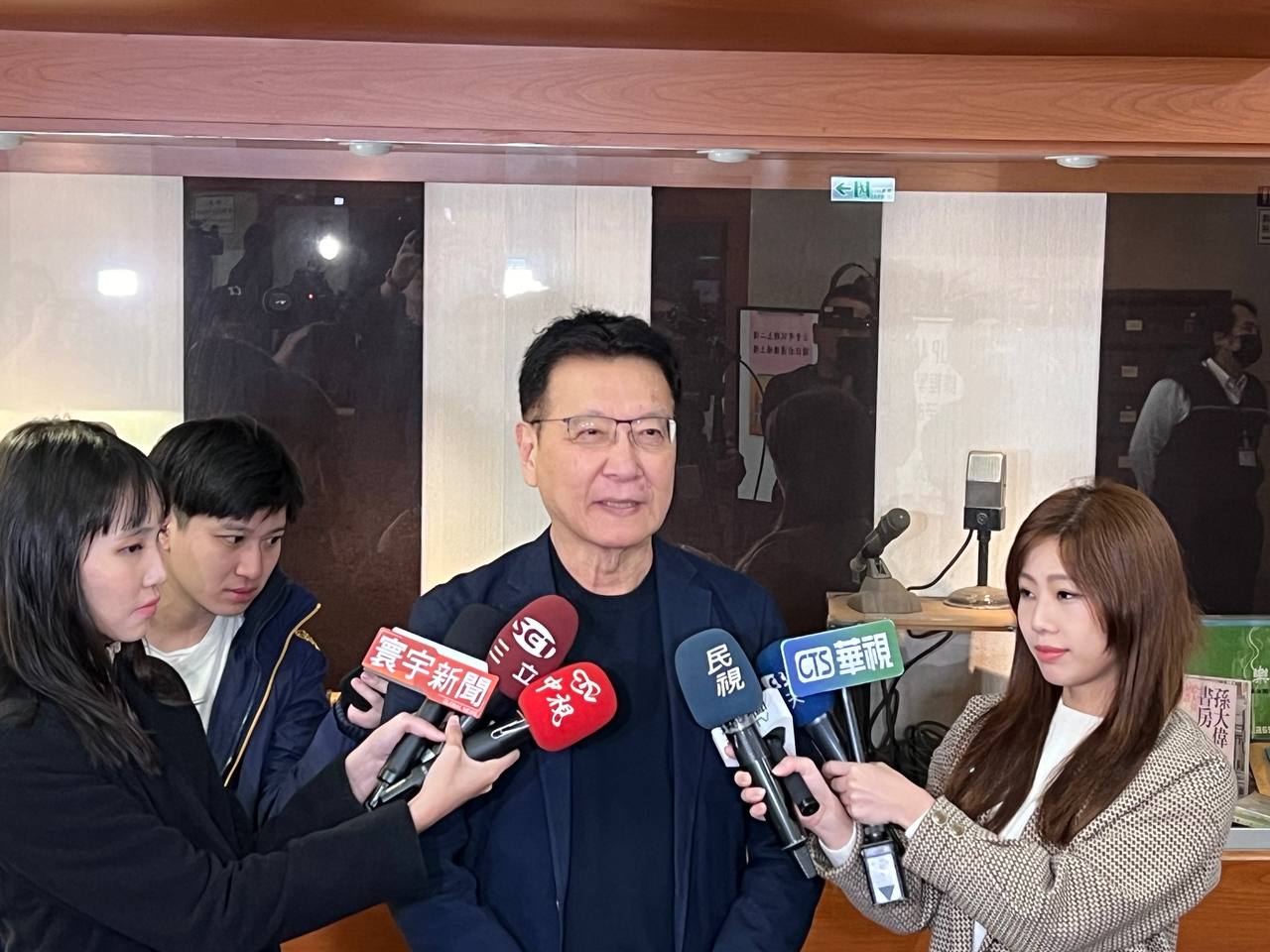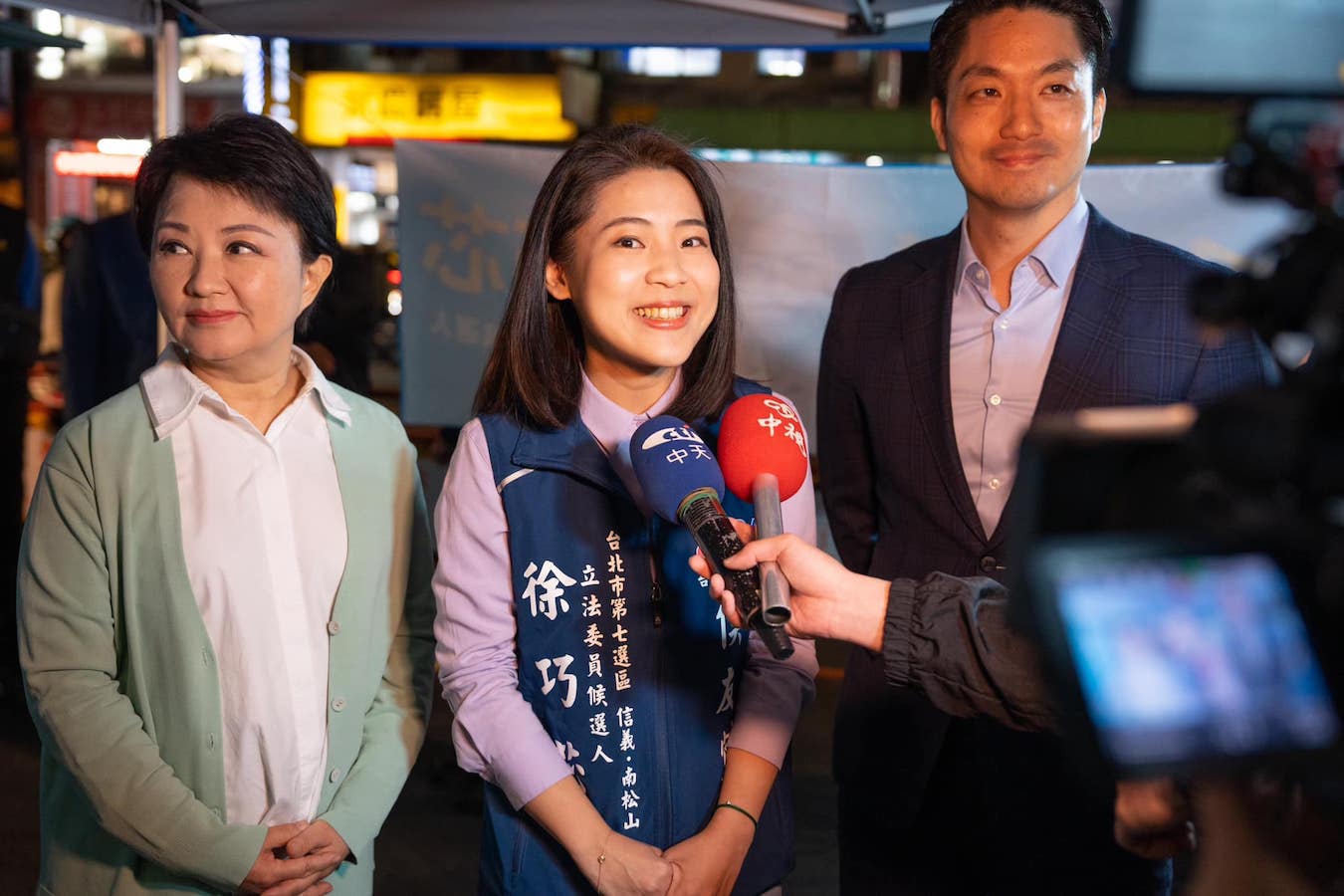by Brian Hioe
語言:
English
Photo Credit: Ko Wen-je/Facebook
WITH LESS THAN a month until elections take place in Taiwan, the KMT’s messaging proves to be highly unusual. In particular, the party does not seem to have a coherent strategy, caught between efforts to moderate its message and try to appeal to the hardliners of the deep Blue camp.
This is reflected in the shift in the Hou campaign’s messaging since the announcement that pan-Blue media personality Jaw Shaw-kong would be Hou You-yi’s vice presidential candidate. The announcement was made after the breakdown of discussions between the KMT and TPP over the possibility of a joint ticket.
Nevertheless, if Hou had formed a joint ticket with TPP chair Ko Wen-je, this would be an alignment between two candidates that are perceived as more moderate in terms of cross-strait position–as “light blue” candidates. In fielding Jaw as his vice presidential candidate, Hou is now running alongside a deep Blue candidate.
 Jaw Shaw-kong. Photo credit: Jaw Shaw-kong/Facebook
Jaw Shaw-kong. Photo credit: Jaw Shaw-kong/Facebook
What proves unusual, however, is that Jaw has committed to shifting Taiwan to a cabinet-style system, in which there is not a president, but a prime minister. This was a concept that Ko had introduced into his campaigning late in the election cycle, presumably with the aim of having a distinctive program of social transformation. Ko was likely not serious about this proposal, seeing as this would require constitutional changes, something that would require a high benchmark to be met.
While the KMT also signed onto this shift in the course of negotiations with Ko, as a step intended to cement cooperation with him, there has not been significant discussion of this proposal both within the KMT and among society as a whole, this would require the party to commit significant political capital to pushing for constitutional changes.
Indeed, this is not the only time in the present campaign cycle that the KMT seems to have embraced a major platform shift that was originally proposed by the TPP, with the KMT in effect mimicking the TPP’s platform. This can be observed in how calling for the restart of talks regarding the CSSTA, the controversial trade agreement that the 2014 Sunflower Movement broke out in resistance to, was originally an idea proposed by the TPP in the present election cycle before this was then embraced by the KMT.
At present, the idea is more closely associated with the KMT and the TPP, even if it was Ko Wen-je who first brought up the idea in the current campaign cycle. Even if Ko Wen-je has seen a blow to his approval ratings since the collapse of talks between the TPP and KMT, with backlash against Ko for his ineptness in negotiations with the TPP, this may reflect that the TPP still plays an important discursive role in the election cycle, in introducing ideas that are later taken up by the KMT and by the pan-Blue camp as a whole.
 Hsu Chiao-hsin (center). Photo credit: Hsu Chiao-hsin/Facebook
Hsu Chiao-hsin (center). Photo credit: Hsu Chiao-hsin/Facebook
In the meantime, one notes that KMT politicians have continued to lean into narratives that cast doubt on the US. Legislative candidate Hsu Chiao-hsin, who currently serves as a Taipei city councilor and is a rising star in the KMT as a youth politician, has recently begun alleging conspiracy theories about DPP vice presidential candidate Hsiao Bikhim and meetings between Hsiao and US NGO Spirit of America (SoA). SoA provides assistance to US diplomats and troops abroad, but Hsu framed SoA as a secret US agency that provokes conflict where it goes, similar to international conspiracy theories that circulate about the White Helmets or other aid groups that are accused themselves of being instigators of conflicts.
Hsu’s circulation of such conspiracy theories is broadly part of the KMT’s attempts to encourage distrust in the US. Certainly, though there are a number of historical cases in which the US is implicated in conflicts, regime change, or backing authoritarian regimes–including backing the KMT during the authoritarian period in the interests of anti-Communism–the US does not undertake this by way of shadowy conspiracy theory, as alleged by Hsu.
Ironically, Hsu was once seen as a more moderate KMT politician, but she has herself become increasingly hardline as the party as a whole has drifted further toward the deep Blue camp. This is another example of how disinformation and misinformation that circulates in Taiwan often draw on international political discourse–inclusive of conspiracy theories. Yet this, too, reflects the conflicted messaging of the KMT at present.

